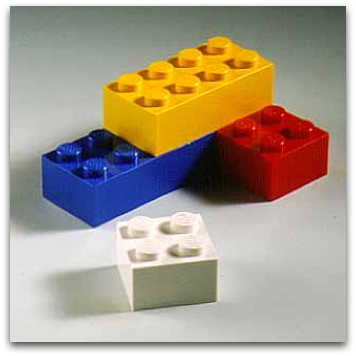
What is Inquiry-Based Learning?
You’ve got the whole world in your hands.
As I read all this information regarding constructivism, behaviorist, and inquiry based learning theories I have flashbacks of my children’s teachers. I have flashbacks of my days with my children. I have flashbacks of my idealistic days, before I had children. I used to say I would never tell my children, “Because, I say so”. In my world today, I see the conglomeration of it all. I am more appreciative than ever of the exceptional teachers that my children were exposed to and were fortunate to have. My neighborhood school in Hialeah, John G. DuPuis had the most amazing teachers. Thank you Ms. Soler and Ms. Falk. I see the "pull out gifted” curriculum as the best of both worlds. The gifted classroom was definitely inquiry based. The classroom was always buzzing with activity. The children seldom sat at desks. They had projects and problems posed for them and by them to work out together. They had to work it out from beginning to end. Nothing like the traditional classroom the kids would have to adapt to the other days. Stay in the lines when completing coloring pages. Color only the assigned colors. No room for exploration or creativity or something new. Stay in your seat. No talking. I didn’t like it, but looking back, I guess it made the kids that much better at adapting. The general philosophy at home was always, “how can you find out?” or “look it up”. Now in my 25th year of child rearing, I have given in and taken some short cuts. I still have three at home doing homework and sometimes it is faster for me to just give them the answer and have it over with. Then I tell them I am being a bad mother, as I know this doesn’t serve them well. I want them to be independent, curious, lifelong learners. I believe I have set the precedent. I was fortunate enough to follow in the learning philosophies of Socrates and Dewey. I stayed home with my children and took daily “adventures”. Off we went and observed, questioned, and investigated all along the way. Did I do it because thirty years earlier I had studied about their learning philosophies? Or did it go back even further to my childhood. I hated that when I asked a question the answer would come, “Because I said so” or “cunta…”. I wanted to know why. When that burning curiosity is there you have to take advantage of it. It fuels the fire of knowledge and keeps it burning, making the learning natural and hard to control. It sets them up with "habits" that will serve them to tackle all the new things the future may hold, giving them the tools and experience to know that they have the power to find out and keep learning.




